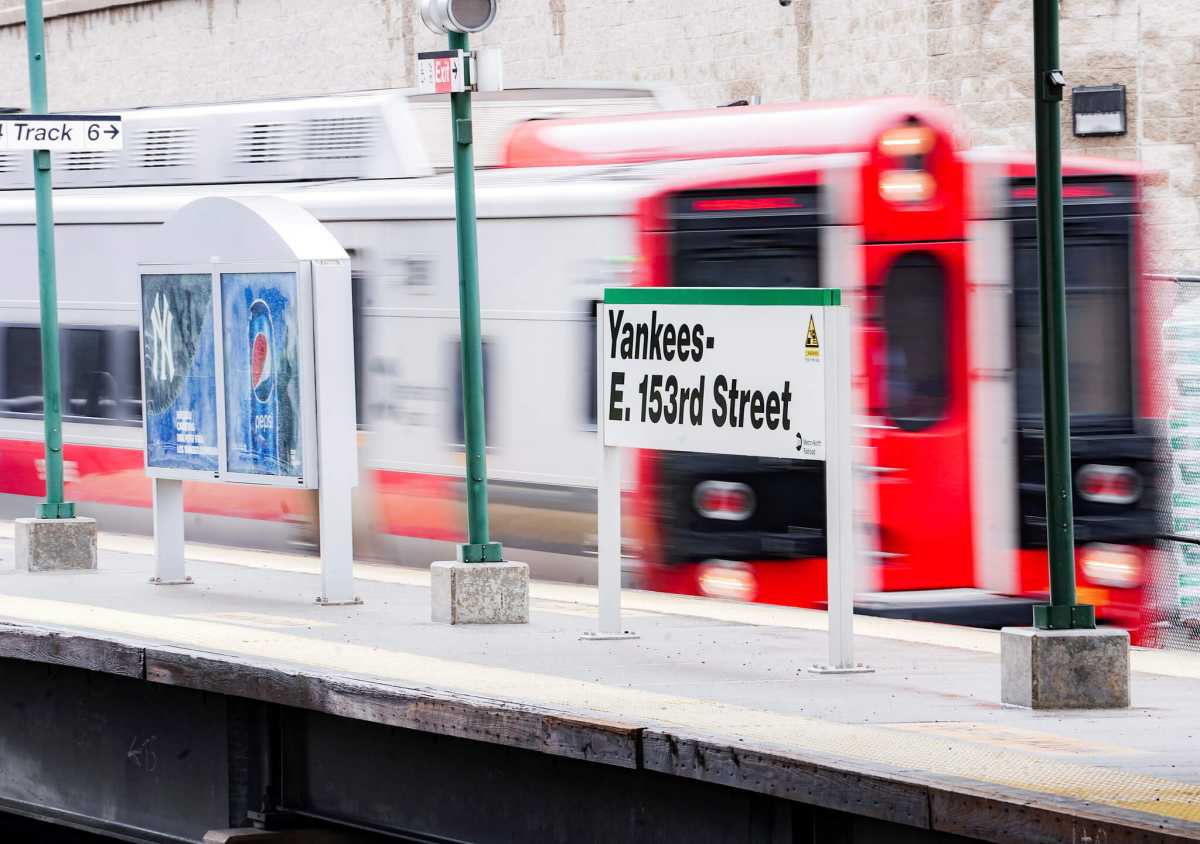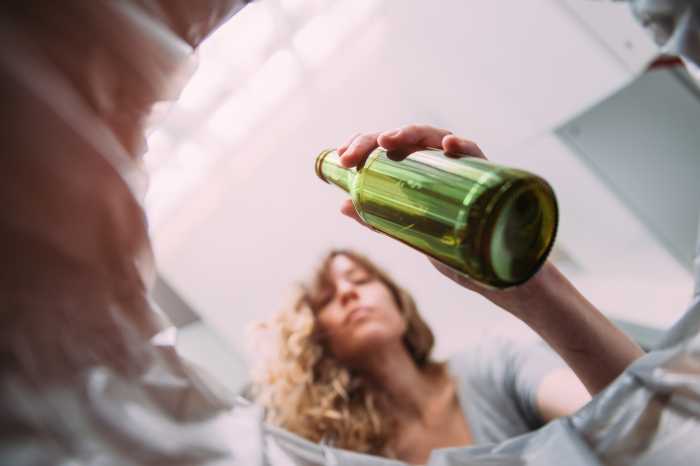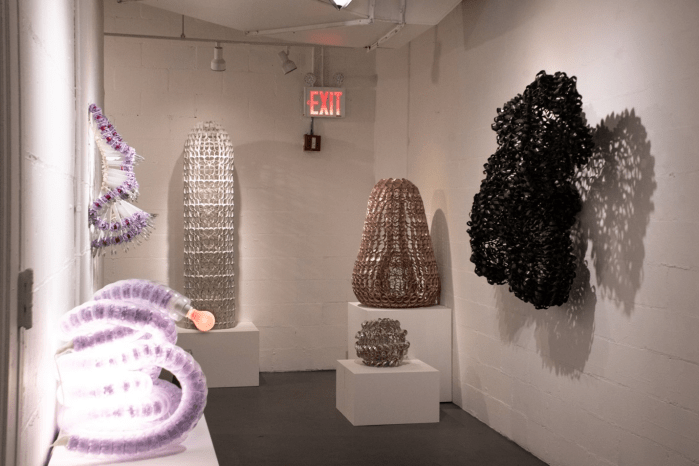amNewYork Metro, in conjunction with the MTA, present “Ask the MTA,” a column where MTA officials answer your questions about transit service in New York City. If you have a question for the MTA about subways, buses, commuter rails and more, email askthemta[@]amny.com.
Q: With LIRR service coming to Grand Central Terminal, are there plans to bring Metro-North to Penn Station? – Sandy V.
A: Bringing Metro-North to Penn Station is finally happening after being talked about for a long time. The MTA broke ground last month on Penn Station Access, a multi-billion-dollar megaproject that will use Amtrak’s existing Hell Gate line to connect Metro-North’s New Haven Line to Penn Station, saving some passengers as much as 75 minutes on their commutes into Manhattan, as well as reverse commute destinations outside the City. The project will add four new railroad stations in the East Bronx – a major boost for transit equity – and build or rehabilitate 19 miles of track to ensure a quicker and more reliable ride. We expect to finish construction in 2027. – Catherine Rinaldi, President, Metro-North Railroad and Interim President, LIRR
Q: What’s the MTA doing to keep trash off subway tracks? We’re always hearing about debris on tracks causing delays or even fires. – Karene M.
A: New York City Transit uses vacuum trains called Vaktrak to remove up to 40 tons of garbage per day from the subway system. Additionally, all station road beds (tracks located inside stations) are hand cleaned at least once a month, with eight locations receiving weekly cleaning as part of a pilot program. This effort may be expanded as we continue to review data on track debris and the fires they cause which, as you point out, sometimes result in delays.
Keeping the tracks free of trash is a critical part of maintaining safe and efficient service. It’s also key to improving customer satisfaction. When there’s less debris lying around, the experience is more enjoyable for everyone. That’s one of the core principles driving Transit’s new Safer, Faster, Cleaner initiative. As part of this work, we’re hiring hundreds of new station and terminal car cleaners and revamping protocols to meet industry standards. – Demetrius Crichlow, Senior Vice President of Subways, New York City Transit
Q: What’s the latest on installation of platform barriers in subway stations? – Alex G.
A: The MTA has dedicated $175 million dollars in the current Capital Program to pilot platform barriers at up to three stations, including Times Square (7), 3 Av (L) and Sutphin Blvd-Archer Av-JFK (E). Each represents a mix of different platform configurations that serve a high volume of riders. We put out a Request for Qualifications (RFQ) to contractors in the fall and expect to issue a Request for Proposals (RFP) in the next few weeks.
We take the issue of track intrusions incredibly seriously, not only as a huge risk to safety but also as a daily interrupter of service. A special task force has been studying solutions since 2021 and last year came out with a list of practical recommendations to help curb these incidents. Beyond platform barriers, which aren’t feasible at most stations due to layout or structural weight restrictions, the MTA is advancing new track intrusion detection systems that can alert train operators when people or objects enter the tracks and is piloting front-facing cameras on subway trains for real-time monitoring.
We are also working with State and City partners to enhance mental health outreach and platform safety via additional police patrols and deployments of specialized Safety Options Support (S-O-S) teams. – Jamie Torres-Springer, President, MTA Construction and Development































